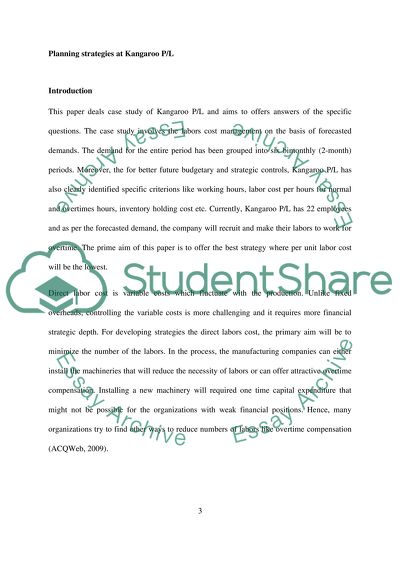Cite this document
(“Case Study: Planning strategies at Kangaroo P/L Study”, n.d.)
Retrieved de https://studentshare.org/finance-accounting/1391392-case-study-planning-strategies-at-kangarro-p-l
Retrieved de https://studentshare.org/finance-accounting/1391392-case-study-planning-strategies-at-kangarro-p-l
(Case Study: Planning Strategies at Kangaroo P/L Study)
https://studentshare.org/finance-accounting/1391392-case-study-planning-strategies-at-kangarro-p-l.
https://studentshare.org/finance-accounting/1391392-case-study-planning-strategies-at-kangarro-p-l.
“Case Study: Planning Strategies at Kangaroo P/L Study”, n.d. https://studentshare.org/finance-accounting/1391392-case-study-planning-strategies-at-kangarro-p-l.


